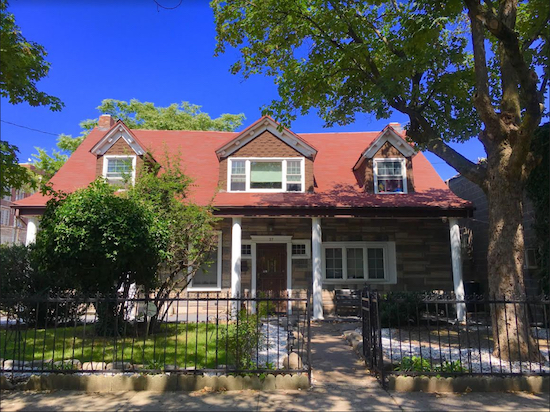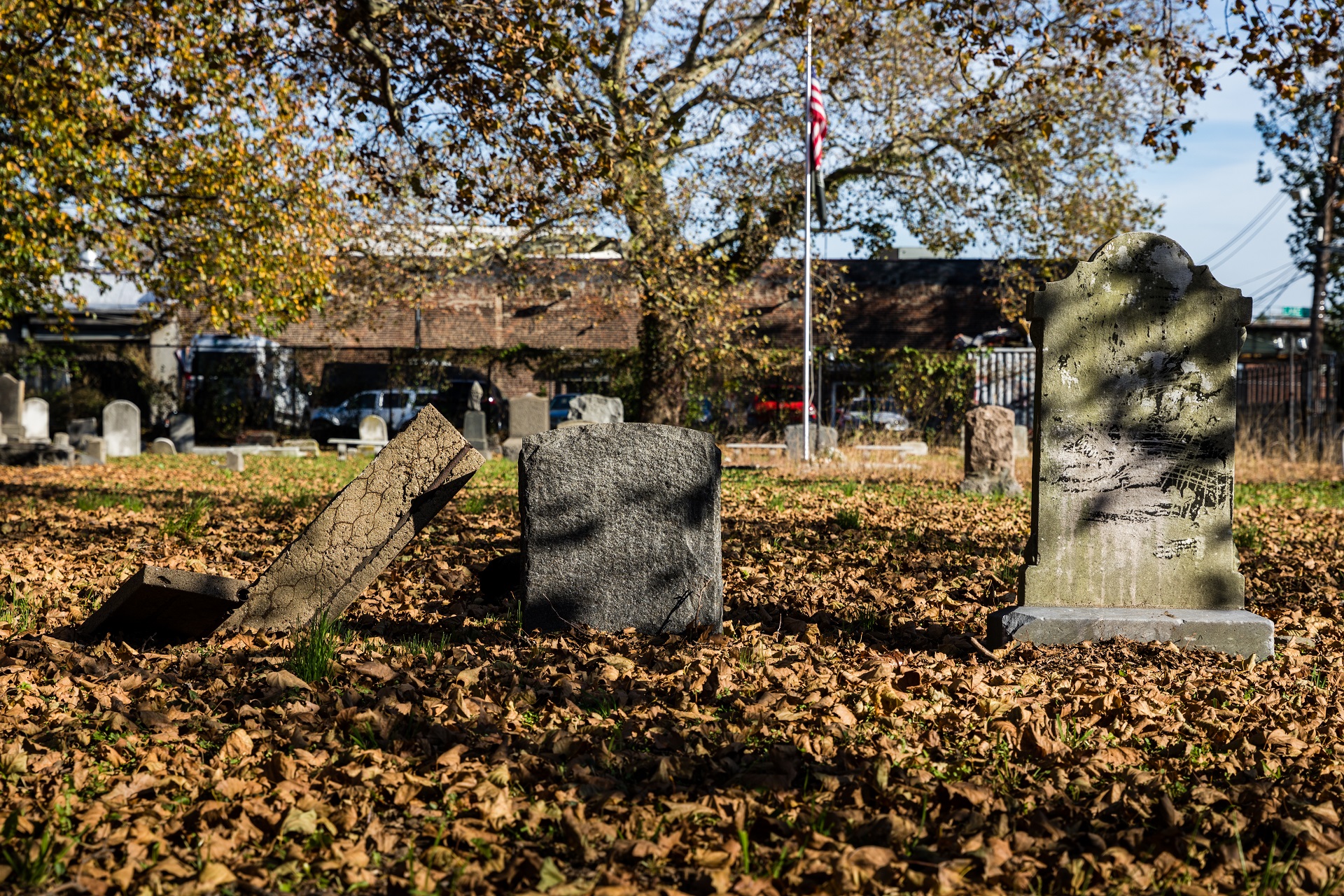Architectural eye candy, old and new, in Gravesend
Eye on Real Estate: Lady Moody's House, a street grid from the 1640s and marvelous mansions

Welcome to Gravesend, where this landmark popularly known as Lady Moody's House can be found. Eagle photos by Lore Croghan
Old and new together. The visual contrasts are fascinating.
In a single neighborhood, you can see one of Brooklyn’s oldest buildings, a street grid from the 1640s — and new mansions in a Syrian Jewish enclave.
The neighborhood is Gravesend, which was one of the original six towns of Brooklyn.
